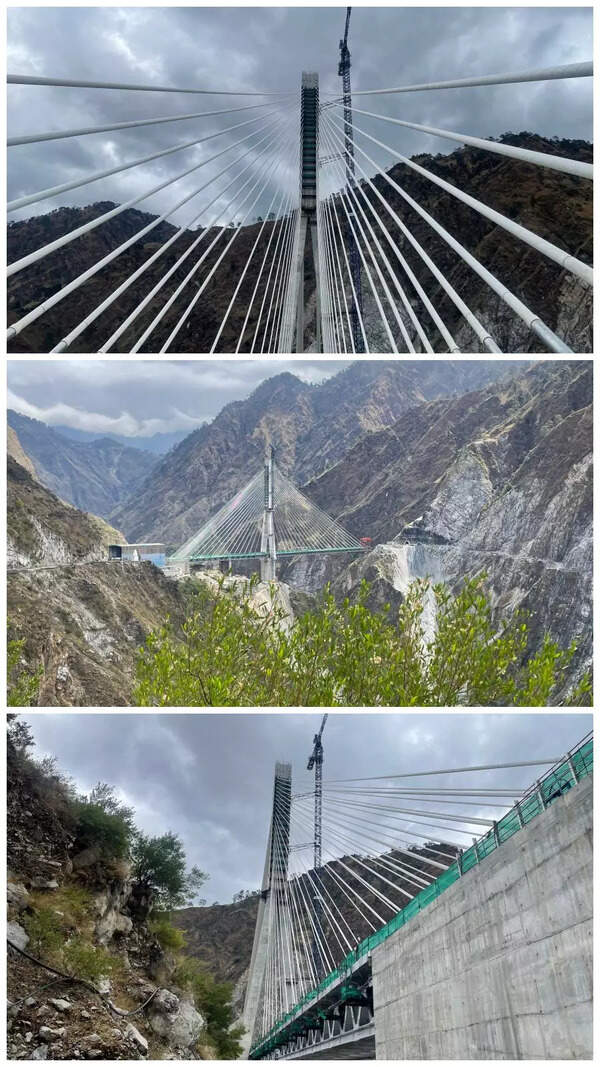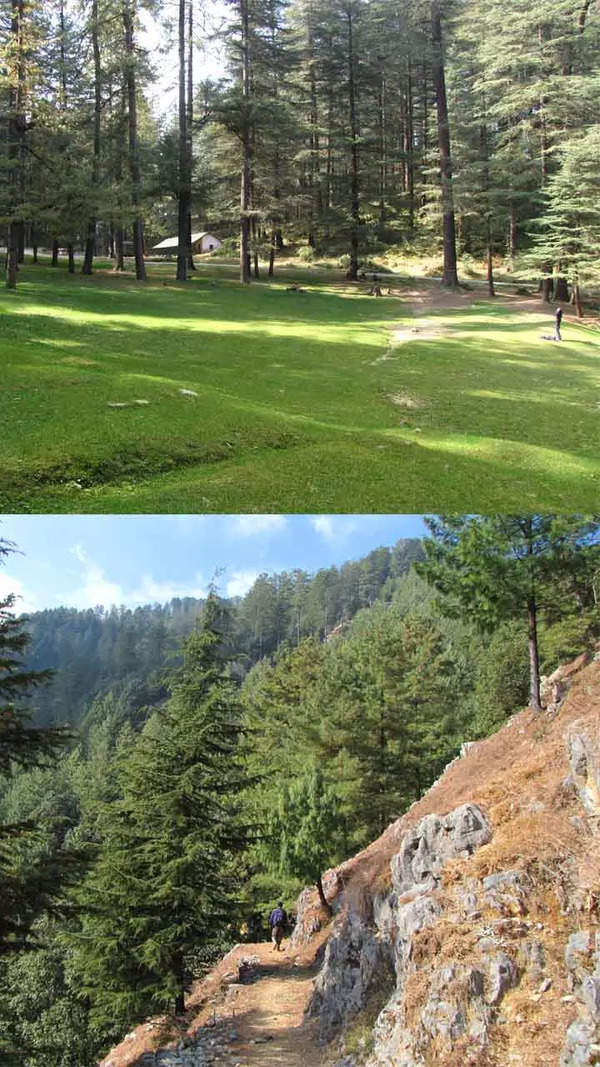- News
- India News
- Next 50 years could well be in a gene lab
Trending Topics
Next 50 years could well be in a gene lab

It took India 50 years to increase its tiger population from 1,800-odd in 1973 to nearly 3,000 today.
But the next 50 years could well be in the hands of scientists. A frozen zoo — a storage facility with genetic material of animals, stored at very low temperatures in a laboratory in Hyderabad — can help revive tiger population, if the majestic species again reaches the edge of extinction.
Although a lab-produced tiger looks distant, scientists can also help get exact numbers during a census, track down maneaters etc. The Centre for Cellular and Molecular Biology’s Laboratory for Conservation of Endangered Species (LaCONES) has developed markers for non-invasive DNA-based techniques for estimating tiger population, determine sex and identify problem tigers (maneaters).
LaCONES has also unravelled the mystery of tiger poaching using forensics.
P Anuradha Reddy, principal scientist, says, “We have been studying the population genetics of tigers from protected areas across the country. Our expertise is in isolating DNA from faecal matter and using the information to answer questions on genetic diversity, population structure and connectivity of tiger populations in the country.”
Scientists identified what features in the landscape allow tiger movement and what impede them. DNA-based identification is also helpful in low-density population areas in Kawal Tiger Reserve in Telangana, and Arunachal Pradesh in the Northeast.
“In poaching and wildlife crime cases, establishing the identity, sex and individual tiger helps the forest department nail the role of poachers and killers,” Reddy explains. This also helps conflict cases where tigers and leopards attack humans and cattle. “We identify tigers with saliva swabs from injury site. We can even cross-check DNA with the animals caught by the forest department,” says Reddy.
But the next 50 years could well be in the hands of scientists. A frozen zoo — a storage facility with genetic material of animals, stored at very low temperatures in a laboratory in Hyderabad — can help revive tiger population, if the majestic species again reaches the edge of extinction.
Although a lab-produced tiger looks distant, scientists can also help get exact numbers during a census, track down maneaters etc. The Centre for Cellular and Molecular Biology’s Laboratory for Conservation of Endangered Species (LaCONES) has developed markers for non-invasive DNA-based techniques for estimating tiger population, determine sex and identify problem tigers (maneaters).
LaCONES has also unravelled the mystery of tiger poaching using forensics.
P Anuradha Reddy, principal scientist, says, “We have been studying the population genetics of tigers from protected areas across the country. Our expertise is in isolating DNA from faecal matter and using the information to answer questions on genetic diversity, population structure and connectivity of tiger populations in the country.”
Scientists identified what features in the landscape allow tiger movement and what impede them. DNA-based identification is also helpful in low-density population areas in Kawal Tiger Reserve in Telangana, and Arunachal Pradesh in the Northeast.
“In poaching and wildlife crime cases, establishing the identity, sex and individual tiger helps the forest department nail the role of poachers and killers,” Reddy explains. This also helps conflict cases where tigers and leopards attack humans and cattle. “We identify tigers with saliva swabs from injury site. We can even cross-check DNA with the animals caught by the forest department,” says Reddy.

About the Author
U Sudhakar ReddySudhakar Reddy Udumula is the Editor (Investigation) at the Times of India, Hyderabad. Following the trail of migration and drought across the rustic landscape of Andhra Pradesh and Telangana, Sudhakar reported extensively on government apathy, divisive politics, systemic gender discrimination, agrarian crisis and the will to survive great odds. His curiosity for peeking behind the curtain triumphed over the criminal agenda of many scamsters in the highest political and corporate circles, making way for breaking stories such as Panama Papers Scam, Telgi Stamp Paper Scam, and many others. His versatility in reporting extended to red corridors of left-wing extremism where the lives of security forces and the locals in Maoist-affected areas were key points of investigation. His knack for detail provided crucial evidence of involvement from overseas in terrorist bombings in Hyderabad.
Start a Conversation
FOLLOW US ON SOCIAL MEDIA
FacebookTwitterInstagramKOO APPYOUTUBE










